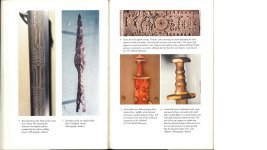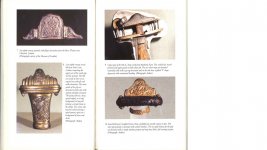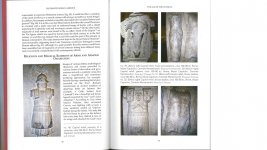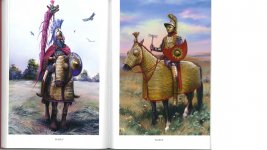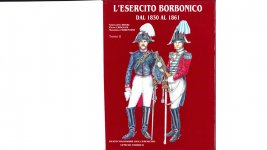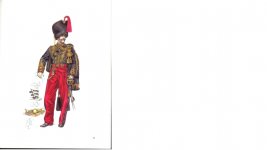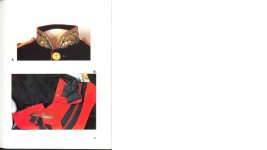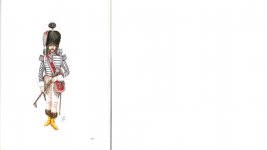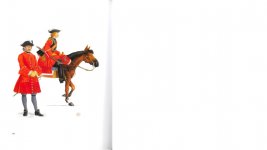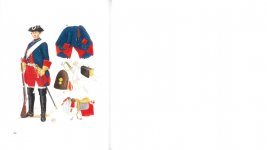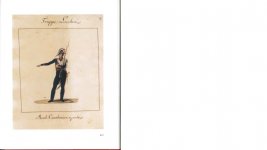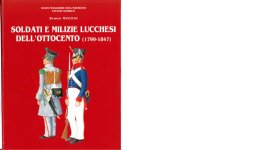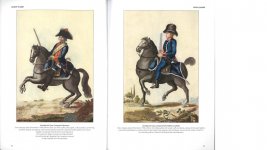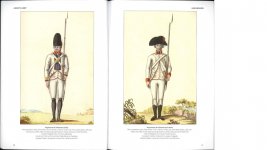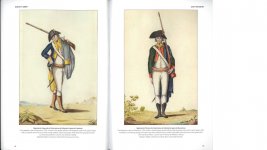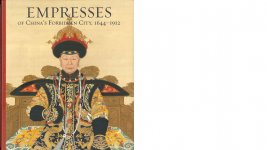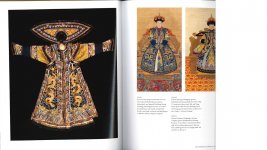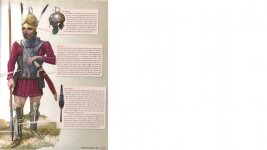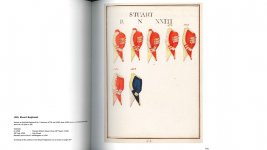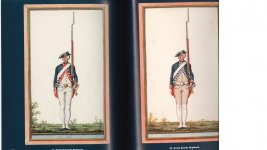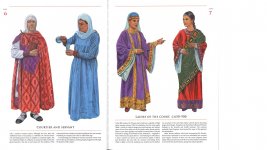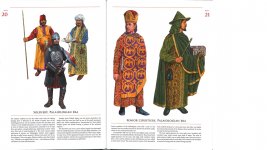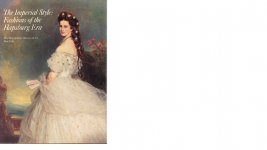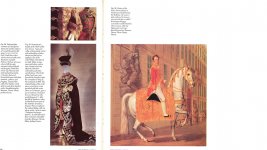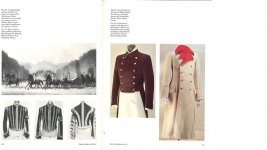blaster
Major
- Joined
- Sep 10, 2008
- Messages
- 6,537
Hi Luiz,
Ask away anytime. If I can help, I'll be happy to do so.
Here's another book that I have been reading. Although not a foreign book, I put it on this thread because it covers the archaeological aspects of research of a foreign civilisation. I got this because it contains a lot of detailed line drawings made by the author based on the bas-reliefs found at Angkor Wat and other sites. These were carefully decoded from archived photos and redrawn here for clarity. The book shows detailed costumes and armaments as used by the Cambodians and their contemporaries. If you have been to Angkor Wat, you would have been drawn to the numerous bas-reliefs and also would have been flustered by what they all mean. This book brilliantly covers the military aspects of that.
In summary, the Cambodian (Khmers) army was composed of infantry, cavalry, chariots and elephants. Quite a rich assemblage.
Rgds Victor
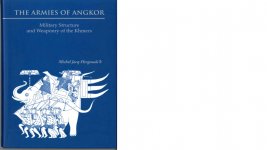
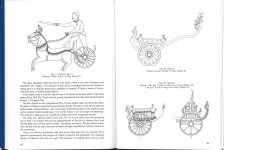

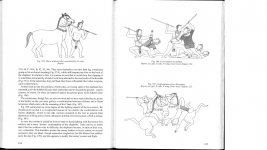
Ask away anytime. If I can help, I'll be happy to do so.
Here's another book that I have been reading. Although not a foreign book, I put it on this thread because it covers the archaeological aspects of research of a foreign civilisation. I got this because it contains a lot of detailed line drawings made by the author based on the bas-reliefs found at Angkor Wat and other sites. These were carefully decoded from archived photos and redrawn here for clarity. The book shows detailed costumes and armaments as used by the Cambodians and their contemporaries. If you have been to Angkor Wat, you would have been drawn to the numerous bas-reliefs and also would have been flustered by what they all mean. This book brilliantly covers the military aspects of that.
In summary, the Cambodian (Khmers) army was composed of infantry, cavalry, chariots and elephants. Quite a rich assemblage.
Rgds Victor







